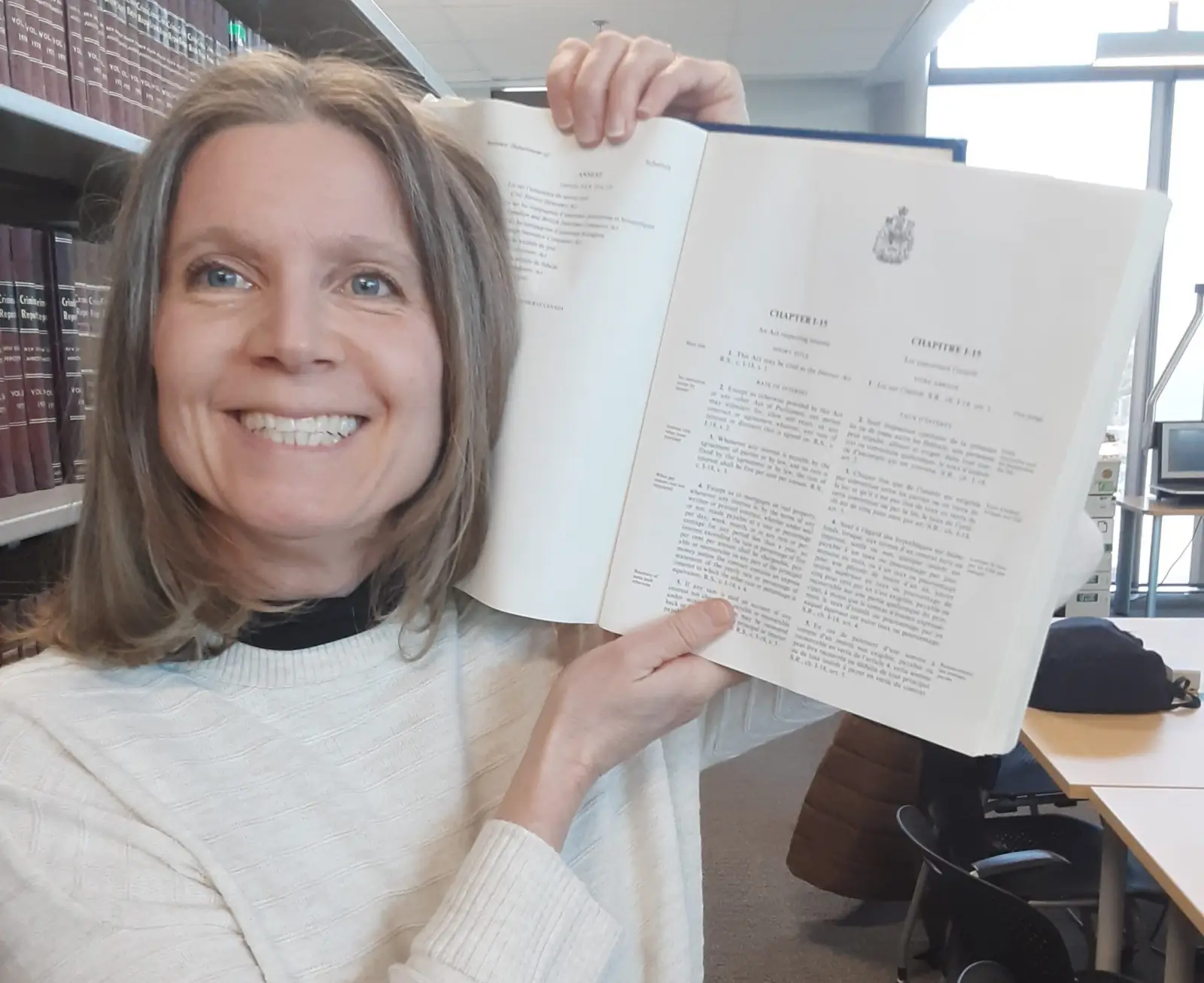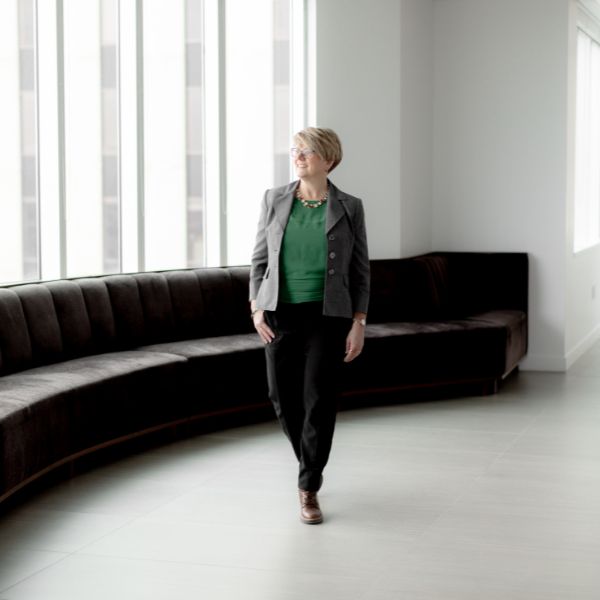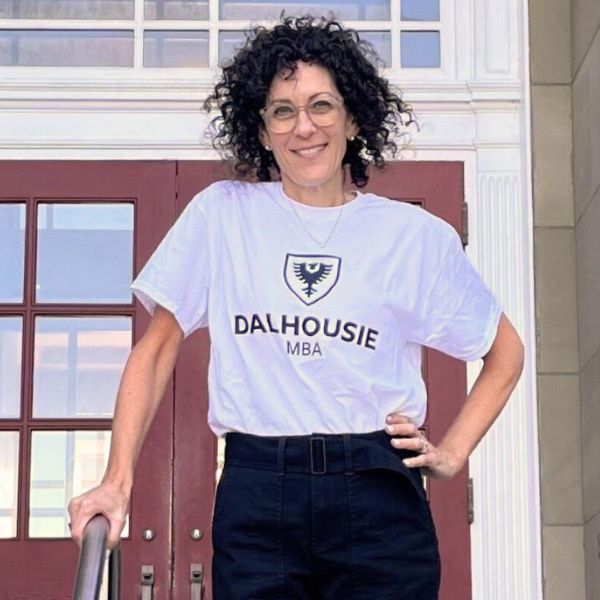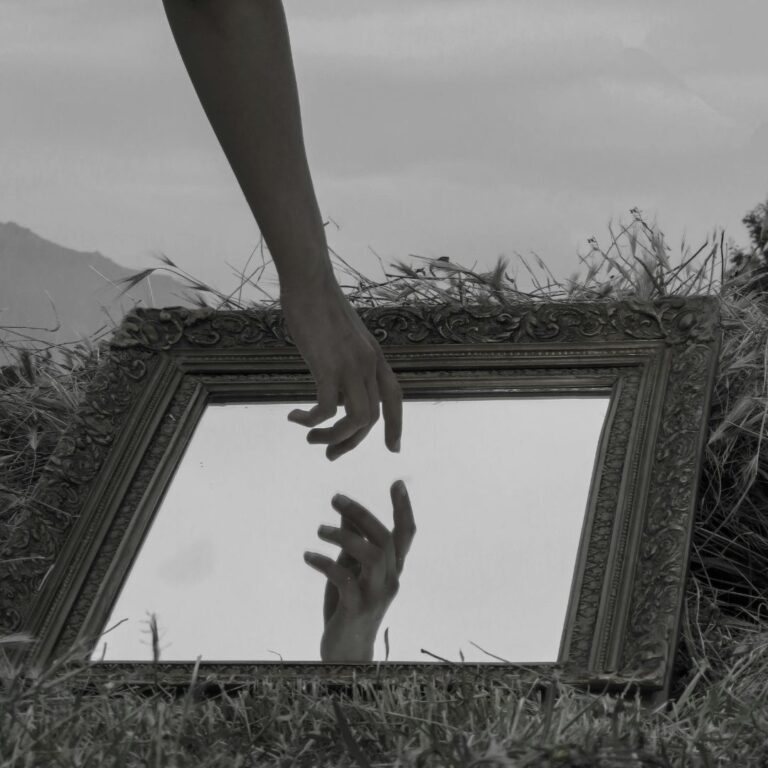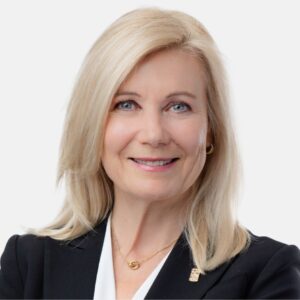Why I left my dream job — Nicole MacAdam
Career11.12.2023
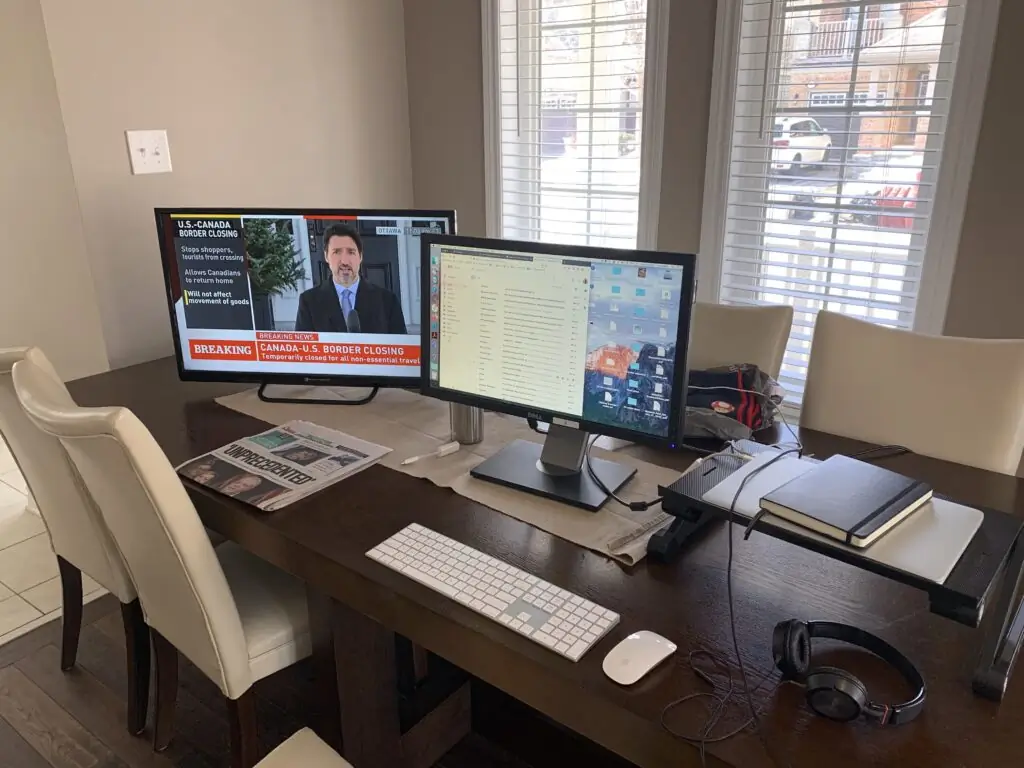
On a clear January day in my second year of university, part of my life’s path was illuminated when I walked into the student newspaper office at the University of Western Ontario for the first time.
Very few of my life decisions before or since have been so simple. I fell in love, instantly.
Journalism became my obsession, my calling, my family, a core part of my identity.
Which made the decision to leave it behind last year as heartbreaking as they come.
I was near the top of my profession – Editor-in-Chief of the Ottawa Citizen – when I left. It shouldn’t have been a tough call: I was burnt out, mentally and physically unwell and my relationships with my family and friends were suffering. But I had invested so much of myself into this work, it was nearly impossible to think about doing anything else.
How I ended up in that condition says a great deal about the state of journalism, which has seen once-mighty institutions become financially decimated by failed business models, creating unsustainable working conditions where journalists often face hatred, harassment and abuse from parts of the audience they seek to inform.
Journalism was more than a job and it never felt much like work
Being a part of a newsroom gave me a front seat to history, a chance to shine a light on issues that matter while working alongside intelligent, often wickedly funny people who threw great parties and knew the best places to eat, drink and hang out.
My first experience with layoffs happened not too long after I began my career, in the mid 2000s. It wasn’t a large cut, mostly technical and administrative staff. Managers at the time took great pride that not one journalism job was lost.
The economics of the news business was changing as advertising dollars were swallowed up by more agile tech companies and readers turned to free digital sources of news. News leaders were concerned, but there was an overwhelming sense of confidence that our institutions would survive. How could they not?
The fear that I would suddenly lose my job constantly simmered in the back of my mind. Occasionally I thought about finding a more secure position, but my love for the work and confidence in my abilities made those whispers easy to ignore.
Plus, I was busy climbing the corporate ladder, leading teams of editors, reporters, photographers and graphic designers, helping them make the slow transition to digital while doing important, ambitious journalism.
As the disruption of the news business became an existential threat, there were many other rounds of layoffs and cost-saving measures. Foreign bureaus closed. Copy desks shrunk. Print production was outsourced. Travel budgets were cut. Professional development disappeared. I survived each cut, but many of my colleagues and friends did not.
When I was named editor of the Financial Post, I led a staff of about 20 reporters and eight editors. Two years later, I had a dozen reporters and five editors. Each successive round of cuts was more painful. It was no longer a question of “doing more with less,” we were just doing less.
Meanwhile, media companies were churning out new business strategies at a furious pace. Social media! Pivot to video! Tablets! Post more wire stories! Post fewer wire stories! Photo galleries! Sponsored content! KPIs! Mission statements! It was an environment of constant chaos; you’d no sooner adjust to a new strategy than another would come along.
It was exhilarating and exhausting – as a leader, I was encouraged to experiment, to try new things and fail fast. But journalistic success did little to address the underlying issues. Audience wasn’t the problem; the business model was broken and the people running the business were, for a host of reasons, unable to fix it.
In January 2020, I arrived in Ottawa to head up the Citizen. It’s impossible to describe how excited – and intimidated – I was to be taking on this role, leading a staff of award-winning veterans, in Canada’s capital city. In that storied newsroom, which had recently been renovated to take up less than half the space it once occupied, I got down to the task of getting to know a new city, a new job, and new colleagues.
Ten weeks later, the pandemic sent us all home.
A round of cuts came soon afterwards. Our already small-but-mighty newsroom shrank. It hurt, but we reorganized some work and kept moving.
The demand for local news during that first year or so was insatiable. We saw digital traffic double and sometimes triple. The demand on the newsroom was crushing; there were simply more stories than we had the ability to follow.
The pressure took a toll. I’d call a reporter to check in and listen as they broke down in tears, worried for an elderly parent or a sick child. Editors would get into shouting matches on a call, and I’d have to mediate. I’d be copied on a frustrated email about the availability of PPE or watch silent tensions flare during a video meeting.
This was all part of the job, of course, but I was still new to the role – there wasn’t time to establish relationships, to build trust before we were all working from home, inventing new processes on the fly and adjusting to an uncertain future.
The newsroom continued to shrink, a little at a time, and everyone’s workload grew, including mine. I found myself doing jobs I hadn’t done in years – overseeing print production, copy editing, cropping photos, posting stories online, writing the odd police brief. One of the inflection points for me was on a Saturday afternoon when I realized that I was quite literally the only person on duty.
There were highlights, of course. I was exceedingly proud of the work our staff did, from some of the best health care coverage in Canada to coverage of the Black Lives Matter protests in the capital, groundbreaking stories about the military, heart-wrenching personal stories and photos depicting COVID’s toll.
Two years of COVID saw the newsroom depleted, exhausted and driving on fumes. Then the Freedom Convoy rolled in.
For 33 days, most of my waking hours were consumed with this story. Simply keeping people safe became difficult: Hatred and vitriol flew at us via email and social media, much of it coming from right-wing trolls on both sides of the U.S.-Canada border.
One writer, a 40-year veteran of the organization who likely received more email than anyone else in the newsroom, told me he’d never seen anything like it. A young editor was subjected to a cruel, relentless social media attack, fuelled in part by a thoughtless tweet from a U.S. Congresswoman (if you can believe it) that became dangerous when her personal information was published online.
The culture of the news industry is one that rewards toughness. Reporters and photographers see humanity at both its best and its worst, witnessing the aftermath of crime, war and natural disasters. A certain level of detachment and a dark sense of humour is an asset. It’s only recently that the profession has started to grapple with the toll that takes on mental health.
During the convoy, my own mental health deteriorated. I got very little sleep, waking between two and five times a night. I was an irritable, anxious mess, my brain constantly “on,” and I second-guessed every decision, every conversation. Activities that brought me joy – walking in the woods, watching a movie, reading, crafting, spending time with family and friends – weren’t of any interest, even those that were permitted under pandemic restrictions.
When the protesters finally left the city, there was very little relief. Even a relatively quiet spring and summer did little to relieve my symptoms, or my workaholism. We rented a nearby cabin to get some much-needed rest; I did a presentation for senior leadership from the bedroom. I took my laptop with me on the first family trip that we’d taken since before COVID. I answered email from a Mexican beach.
I turned 50 that June and while spending a rare joyful night visiting old friends, I realized how unhappy and unhealthy I was. I started to think about what happiness meant to me – family, motherhood, friendship, travel, curiosity, purpose. Some of those concepts were tied up in my profession, but most of them were not. And I had the overwhelming sense that if I stayed on that path, I’d never be able to prioritize the parts of my life that made it worth living.
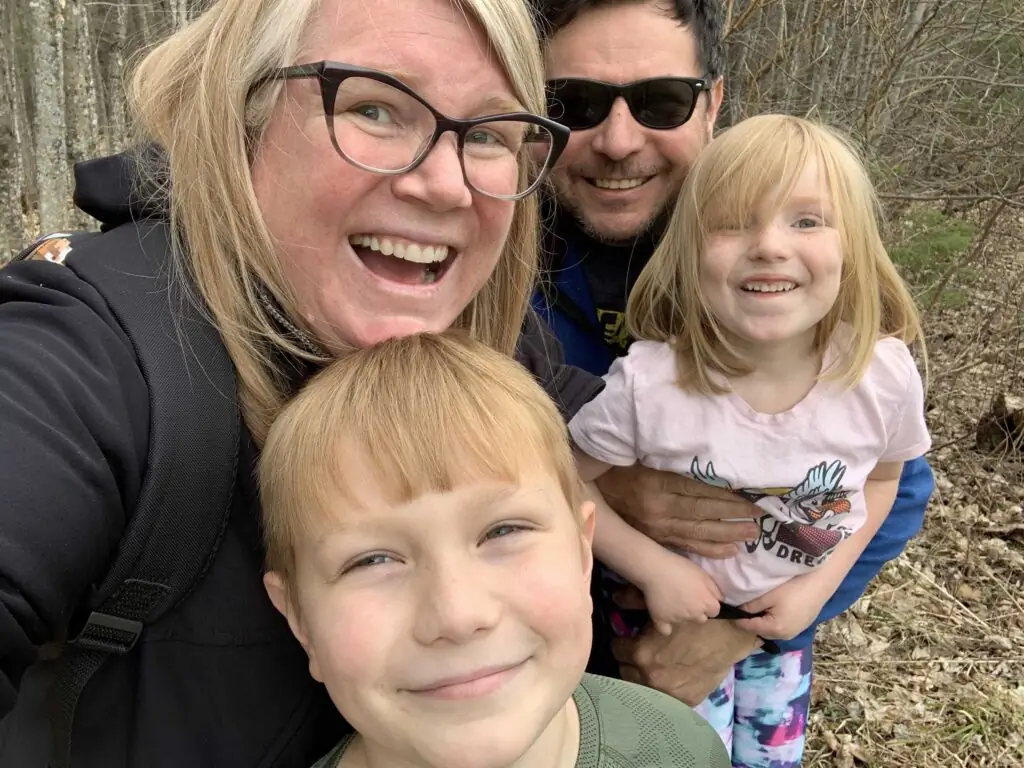
Soon afterwards, an opportunity came along that just made sense. I was offered the position of Vice President of Communications for WWF-Canada. Using my storytelling and management skills to help fight climate change and biodiversity loss has given me new purpose. I am grateful to have landed in a good place, with good people, doing meaningful work. More importantly, I’m home when my kids get off the school bus. I log off on the weekends (mostly). My laptop stays in my home office when I go on vacation. I sometimes take an hour off to go hiking in the woods. My smile has returned – I’m me again.
In the months since I left, several journalists have reached out to ask me about life on the other side. Many talented reporters and editors – often young, often female – are either looking for an escape hatch or have found the careers they staked their futures on cut short by yet another round of reductions. I worry about the future, not just of the profession, but of a society where there are fewer people shining lights in dark places, holding the powerful to account.
I’m often asked if I miss journalism. I don’t miss managing in an industry in decline, watching talented people lose their livelihoods or live in constant fear of it, keeping their heads down, working doggedly for organizations that only seem to care about the bottom line. I don’t miss the hate that landed in my Inbox regularly, much of it ugly and personal.
I miss my colleagues. I miss the work, especially when big news breaks – future election nights will be strange. I miss the camaraderie and the sense of a shared mission. Being a journalist and a part of a newsroom helped shape who I am. But leaving it all behind has helped make me better.

